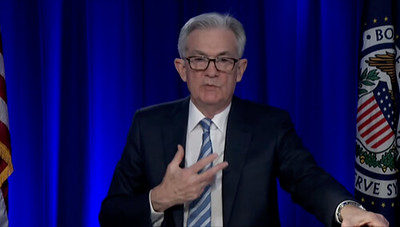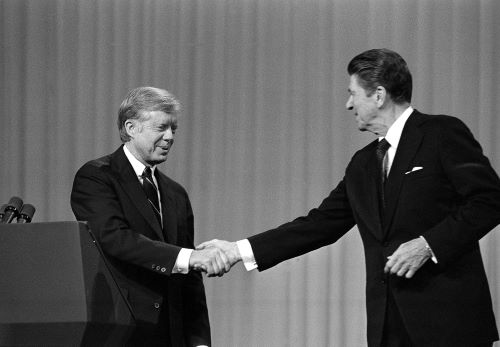We provide a detailed financial analysis of the Federal Reserve’s announcement of its plan to raise interest rates in 2022. We offer our best insights into the potential outcomes of the plan laid out by the Federal Reserve Committee. This article is brought to you by Digital Financial Market.
Last Updated: 12/16/2021
The Federal Reserve’s Plan to Combat Inflation

The United States Federal Reserve is now pulling back its bond buying program and planning 3 interest rate hikes in 2022 to 2024 as a means of combating the staggering 6.8% inflation rate as of 2021.
Federal Reserve Chairman Jerome Powell announced the anticipated US Treasury fiscal policy in light of the Congress’ approval of raising the US debt ceiling by $2.5 Trillion.
Expected Federal Interest Rates 2022 to 2025
| Year | Expected Rate | |
| 2021 | 0.15% | |
| 2022 | 0.9% | |
| 2023 | 1.25% – 2.1% | |
| 2024 | 1.75% – 2.25% | |
| 2025 | 2% – 3% |
Figure 1. Timeline of Potential Interest Rates
US Fiscal Policy: Inflation in 2021
In early December 2021, the Federal Reserve released the Consumer Price Index detailing that inflation has risen to 6.8%, a historic high that has not occurred since 1981. The result has led to a decrease in employment participation and increases in the prices of groceries, consumer goods, gas, real estate, and other commodities.
In a CNBC interview with Federal Reserve Chairman Jerome Powell, he declared, “[what] might be one of the two big threats from getting back to high employment is Inflation.”
Historical Context of Hyperinflation
In 1980, Inflation was at record highs of up to 14% due to lax monetary policy by Congress, the US Treasury, and President Jimmy Carter. Upon Ronald Reagan’s administration, extreme counter measures had to be implemented to prevent a spiraling hyperinflation.

Through high interest rates implemented in 1981, some even reaching as high as 17%, the economic policy for the US has subdued inflation to a reasonable 3.5% in the late 80’s.
The consensus is that higher interest rates curb inflation. However, overextended interest rates can also create significant economic struggle for businesses, personal financing, and the prosperity of the American stock market.
The Effectiveness of the Fed’s Anticipated Rate Hike
The challenges of US Monetary Policy has escalated as the Covid-19 pandemic has pushed the US Treasury and Congress to distribute Trillions of dollars to fund emergency services, military expenditures, stimulus packages, and government operations. By minting Trillions of US dollars, inflation has inevitably caught up to the greater economy.
The Federal Reserve’s plan to increase interest rates is balanced and calculated to prevent an increase inflation with the US government’s current budget. As Figure 1. displays, a clear increase of 0.75% is expected each year.
Although these numbers are not final, the public markets has interpreted this as good news to prevent excessive inflation without barring economic growth. The immediate response of the market was a substantial recovery and rise in stock indexes. However, the month of December has shown an overall decrease in 2021.

